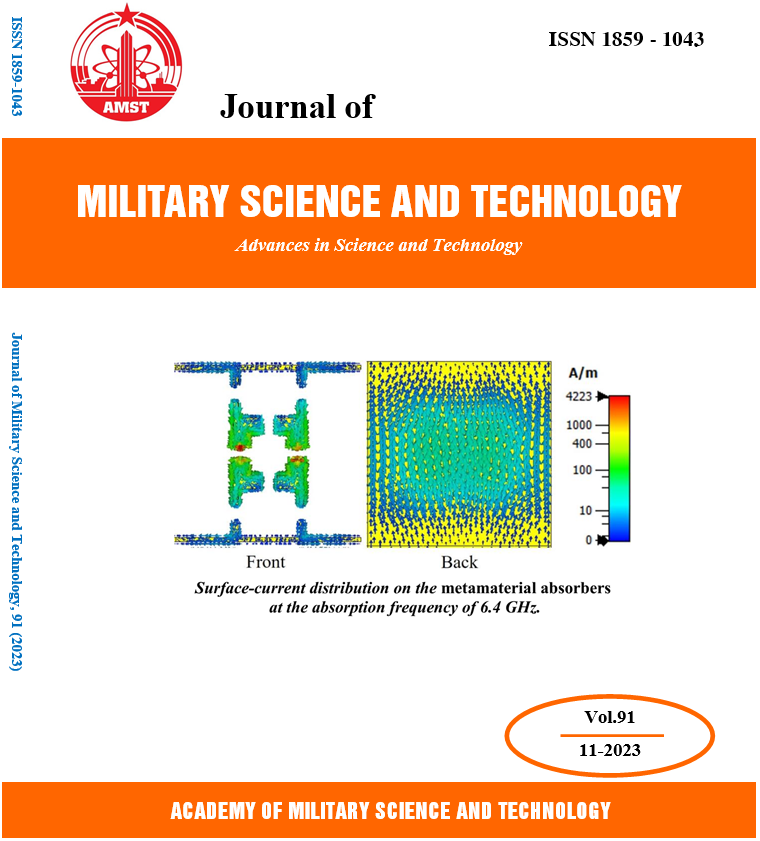Optimization models to flatten duck curve in power grid with high penetration of solar energy
584 viewsDOI:
https://doi.org/10.54939/1859-1043.j.mst.91.2023.45-53Keywords:
Duck curve; BESS; Solar energy; CAISO; MIQP.Abstract
Currently, renewable energy sources are becoming increasingly popular worldwide as an alternative to reduce dependence on traditional energy sources, especially clean energy such as solar and wind energy. However, with a high level of solar energy integrated into the grid, operators are dealing with a new problem that can be visualized as the “duck curve”, when the solar energy production is high and the demand are low. In this paper, optimal MIQP models with two different objective functions to overcome the duck curve is introduced. The models are evaluated in the California power grid (CAISO), where the penetration of solar energy is significant. The results show that the battery energy storage system can help to reduce the ramp rate of the duck curve up to 57.6%.
References
[1]. http://www.caiso.com/TodaysOutlook/Pages/default.aspx
[2]. H. -Y. Su et al., “Developing an Optimal Scheduling of Taiwan Power System with Highly Penetrated Renewable Energy Resources and Pumped Hydro Storages,” in IEEE Transactions on Industry Applications, vol. 57, no. 3, pp. 1973-1986, (2021). DOI: https://doi.org/10.1109/TIA.2021.3057300
[3]. R. Torabi, A. Gomes and F. Morgado-Dias, “The Duck Curve Characteristic and Storage Requirements for Greening the Island of Porto Santo,” 2018 Energy and Sustainability for Small Developing Economies (ES2DE), Funchal, Portugal, pp. 1-7, (2018). DOI: https://doi.org/10.1109/ES2DE.2018.8494235
[4]. H. O. R. Howlader, M. Furukakoi, H. Matayoshi and T. Senjyu, “Duck curve problem solving strategies with thermal unit commitment by introducing pumped storage hydroelectricity & renewable energy,” 2017 IEEE 12th International Conference on Power Electronics and Drive Systems (PEDS), Honolulu, HI, USA, pp. 502-506, (2017). DOI: https://doi.org/10.1109/PEDS.2017.8289132
[5]. L. A. Wong, V. K. Ramachandaramurthy, S. L. Walker and J. B. Ekanayake, “Optimal Placement and Sizing of Battery Energy Storage System Considering the Duck Curve Phenomenon,” in IEEE Access, vol. 8, pp. 197236-197248, (2020). DOI: https://doi.org/10.1109/ACCESS.2020.3034349
[6]. S. Patel, M. Ahmed and S. Kamalasadan, “A Novel Energy Storage-Based Net-Load Smoothing and Shifting Architecture for High Amount of Photovoltaics Integrated Power Distribution System,” in IEEE Transactions on Industry Applications, vol. 56, no. 3, pp. 3090-3099, (2020). DOI: https://doi.org/10.1109/TIA.2020.2970380







